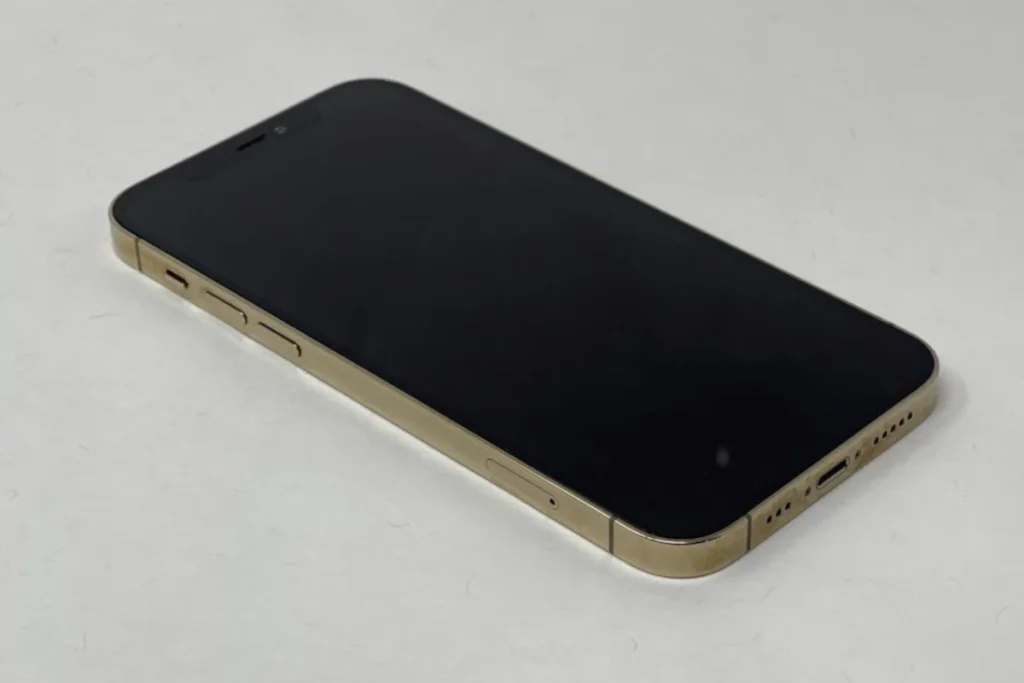Experiencing a phone that won’t turn on can be a frustrating ordeal. It’s a common issue that affects many users across different device models, whether it be an iPhone or an Android phone. The problem may stem from various causes, from simple battery drain to more complex hardware or software issues. The first step in resolving the issue is to perform initial troubleshooting which includes actions like charging the device or performing a force restart.
For many, the thought of dealing with tech issues is daunting but tackling the problem step by step can lead to a solution without needing professional repair. It’s important to identify whether the problem is due to the phone’s battery, software glitches, or potential hardware failures. If the phone does not respond to charging or restarting, there could be deeper issues at play that might require a more technical approach.
Understanding the reasons behind why a phone won’t turn on can pave the way to fixing the issue or knowing when to seek help from a professional. While some solutions can be quickly performed at home, others may indicate the need for expert assistance or even replacement of the device.
How to Troubleshoot a Phone That Won’t Turn On
When your phone refuses to power on, it’s easy to jump to the worst-case scenario—but many issues are completely fixable. The key is to follow a systematic approach to diagnosing the problem. Below are the most common causes and practical solutions to help bring your device back to life.
1. Charge It—Even If You Already Tried
Yes, you’ve probably already tried plugging it in—but here’s why you should try again. If the battery is deeply discharged, your phone might need 10 to 30 minutes on the charger before it even shows a charging icon. It’s also worth swapping out the cable, wall adapter, and even the outlet, just to rule out accessory failure. Look for signs of charging like a vibration, LED indicator, or screen flicker. If none appear, move to the next step.
Check the Charging Port
Lint, dust, or even pocket fuzz can block proper contact inside the port. Use a flashlight to inspect it and gently clean it with a toothpick or anti-static brush. Avoid metal objects like paperclips that can damage the delicate connectors.
2. Try a Forced Restart
Sometimes your phone isn’t dead—it’s just frozen. A forced restart clears out glitches that cause the screen to stay black even though the phone is technically on. The method varies by model:
- iPhone (with Face ID): Quickly press and release the Volume Up button, then Volume Down, then hold the Side button until the Apple logo appears.
- iPhone (with Home button): Hold both the Home and Power buttons until you see the logo.
- Android: Hold down the Power button for 10-15 seconds. On some models, hold Power + Volume Down.
3. Inspect for Physical or Water Damage
Water or impact damage can cause a total shutdown. Check for cracks, screen separation, or liquid indicators—most phones have small color-changing stickers inside the SIM tray or charging port that turn red or pink if exposed to water. If your phone recently took a dive or fall, hardware may be to blame. In that case, skip ahead to professional options.
4. Boot Into Safe Mode (Android Only)
Third-party apps can sometimes cause system conflicts that crash the operating system. Safe Mode disables all downloaded apps and boots the phone using only core system processes. If your phone powers on in Safe Mode, it’s likely an app is the issue.
How to Enter Safe Mode:
- Hold down the Power button until the power menu appears.
- Tap and hold “Power Off” until the Safe Mode prompt appears.
- Tap “OK” to reboot in Safe Mode.
From here, uninstall any recently added or suspicious apps, then reboot normally.
5. Connect to a Computer
If you plug your phone into a computer and it’s recognized, that’s a good sign. It means the internal system isn’t totally fried, even if the screen is black. Use this opportunity to back up any data, especially if you’re heading toward a factory reset or hardware repair.
6. Try a Factory Reset (As a Last Resort)
If you’ve ruled out charging issues, force restarts, and Safe Mode—but your phone still won’t boot—performing a factory reset might be the only option. Keep in mind: this erases all your data. The method varies by device, but often involves using recovery mode:
- iPhone: Connect to a computer and use iTunes or Finder to reset via Recovery Mode.
- Android: Power off the phone, then hold Power + Volume Up (or Volume Down, depending on model) to enter Recovery Mode. Use the volume keys to navigate to “Wipe data/factory reset.”
7. Hardware Issues? Time for a Repair
If your phone shows no signs of life after trying all the above steps, it’s likely a hardware issue—damaged motherboard, blown battery, or fried power IC chip. At this point, professional diagnosis is necessary. Some repair shops can replace parts like the power button flex cable or charge port for a fraction of the cost of a new phone.
Bonus Tip: Wireless Charging Test
If you have access to a wireless charger and your phone supports it, give it a try. If wireless charging works but cable charging doesn’t, you’ve narrowed the issue down to a faulty charging port or internal wiring related to it.
Final Advice
The key to diagnosing a phone that won’t turn on is patience and elimination. Always start with power and charging basics, then move into system-related fixes. If all else fails, you’re likely looking at a hardware failure—but at least you’ll know you gave every reasonable fix a shot before heading to a repair shop or replacing your device.
Key Takeaways
- Troubleshooting includes charging and restarting the phone.
- Battery, software, or hardware issues can prevent a phone from turning on.
- Professional repair may be needed if initial steps fail.
Initial Troubleshooting Steps
When a phone does not turn on, checking the power sources and attempting a soft reset are practical first steps.
Checking Power Sources and Charge
First, ensure the device’s battery is charged. Connect the phone to a power outlet using a compatible charging cable and wall charger. If the phone does not show signs of charging, try a different cable, power adapter, and outlet to rule out equipment failure. For phones with wireless charging, place the device correctly on a certified charging pad.
Performing Soft Resets and Forced Restarts
A soft reset can resolve minor issues. For most smartphones, hold the power button for a few seconds until the phone restarts. If the screen remains unresponsive, a forced restart might be necessary. For this, use a combination of buttons. On Android devices, hold the power button and volume-down button together for about 10 seconds. For iPhones without a home button, tap the volume up followed by the volume down, then press and hold the side button until the Apple logo appears. If the phone has a removable battery, removing and reinserting it may also help.
Hardware and Software Issues
When a phone won’t turn on, various hardware and software issues could be at fault. This section will walk you through steps to identify and solve these problems.
Inspecting Physical Damage and Connectivity
First, check your device for visible signs of physical damage. Cracks or dents can affect internal components. Ensure the charging port is clear of debris like lint and dust. Clean it gently with a small, soft tool.
Dealing with Software and Firmware Problems
Software issues can cause a black screen or a stuck Apple logo. For iPhones, try a forced restart. On Android devices like Samsung Galaxy or Google Pixel, explore recovery mode for options such as “wipe data/factory reset.” Firmware updates or restoring the device may also resolve the issue.
Seeking Professional Repair and Support
If your device still won’t turn on, it may have a hardware problem beyond your skill to fix. Devices like the OnePlus and Motorola should be taken to a service center. Reach out to Apple Support or the repair shop for your respective device for professional repair.







